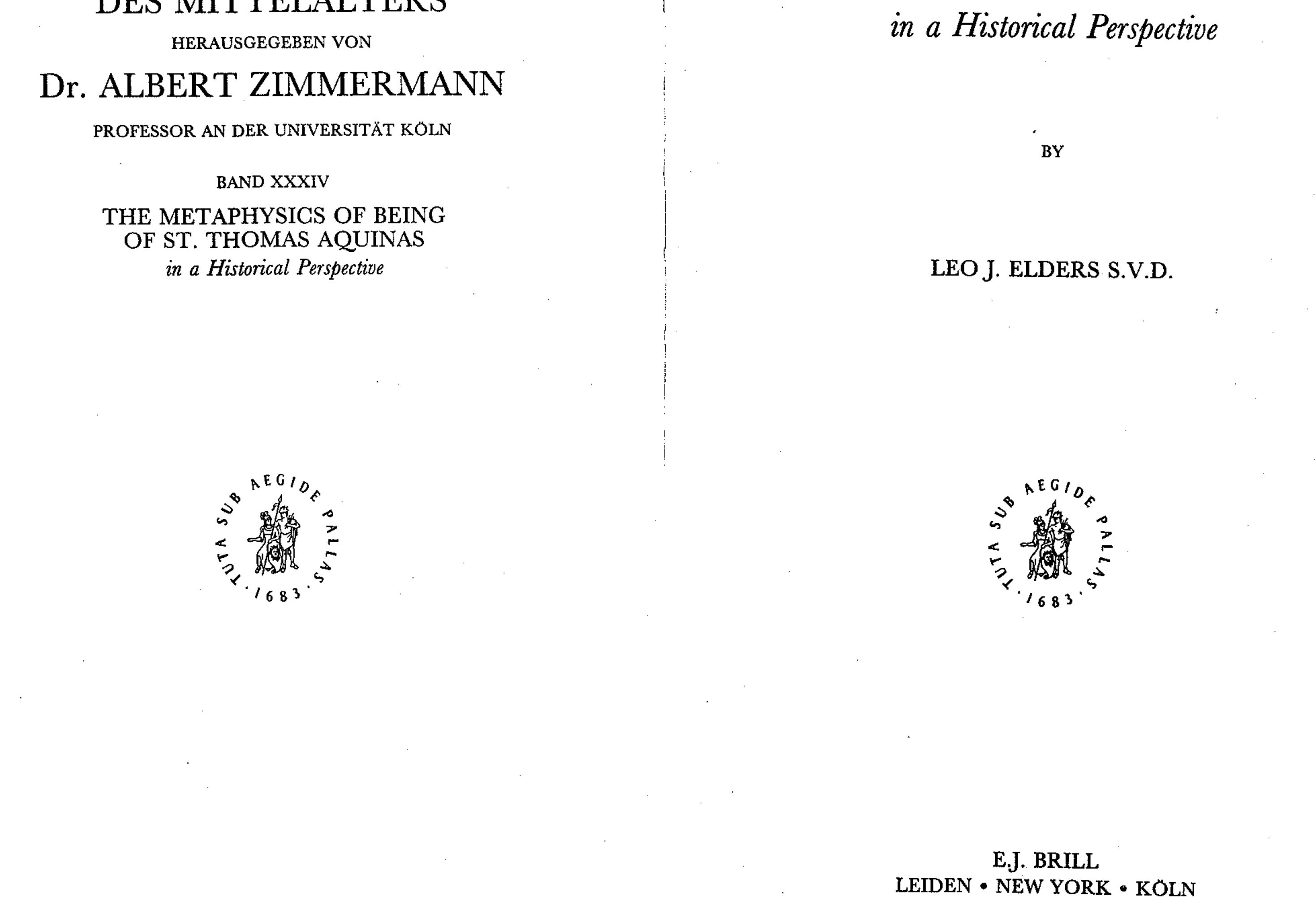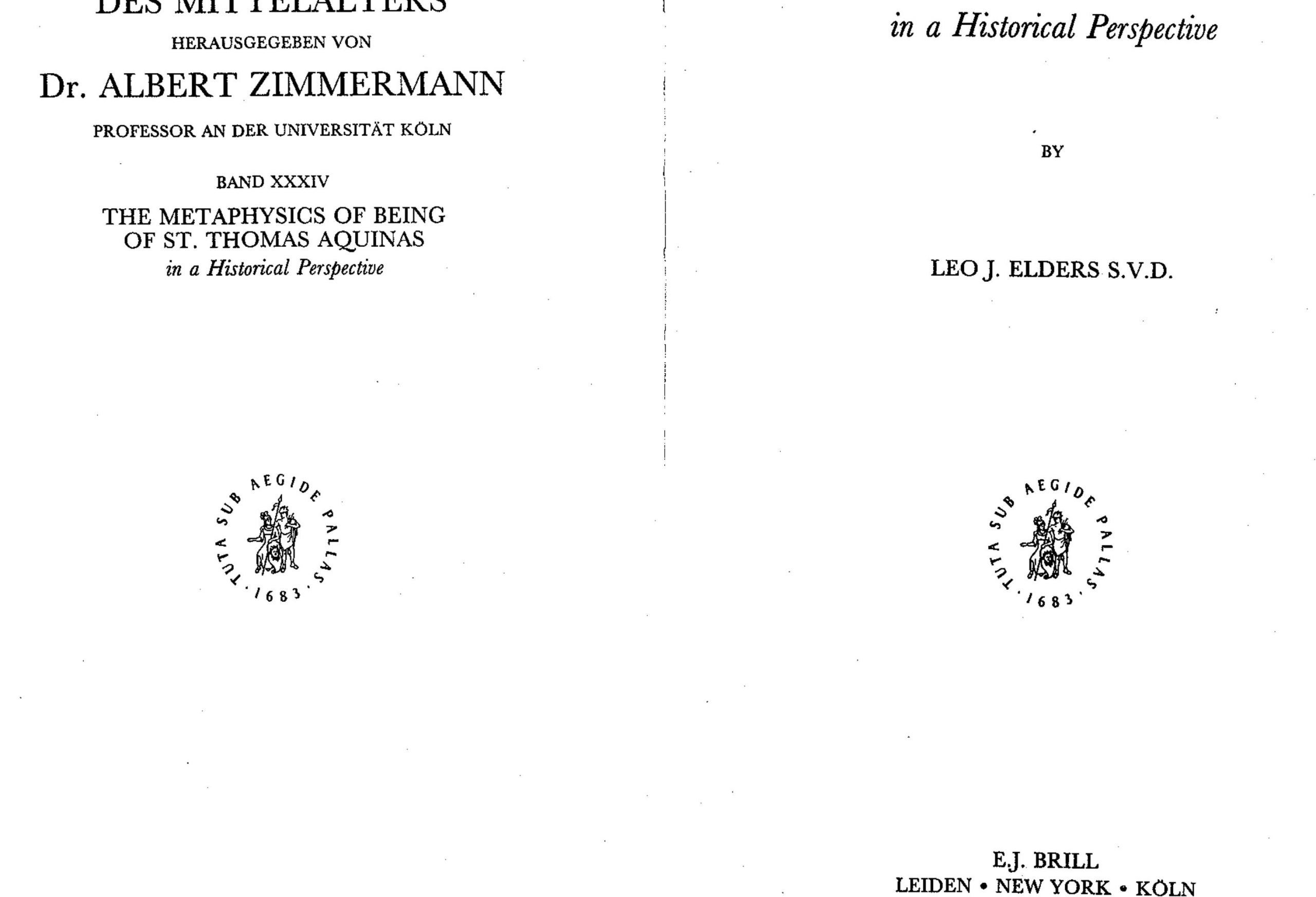
Title: From Anonymity to Notoriety: Galileo’s Treatise on Floating Objects and the Clash of Ideas
Prior to the release of his groundbreaking astronomical work, Sidereus Nuncius (The Starry Messenger) in 1610, Galileo Galilei was considered a peripheral character in the European scientific landscape. He was known more for his flamboyant style and contentious nature than for any notable academic writings, occupying the lowly role of mathematics lecturer at the University of Padua. Even though he had performed pioneering experiments on motion and free fall, his ideas had yet to reach the public or academic circles. However, the debut of Sidereus Nuncius transformed his status, catapulting him to prominence as one of Europe’s leading scientists.
The Starry Messenger and Ascent to Fame
Sidereus Nuncius featured a collection of groundbreaking observations made with a telescope—an instrument that had recently arrived in Europe. Galileo’s findings, particularly the discovery of four moons orbiting Jupiter, delivered a remarkable challenge to the Aristotelian view of a flawless and unchanging heavenly realm. These moons served as convincing visual proof that not all celestial bodies revolve around the Earth, bolstering the credibility of Copernican heliocentrism.
Galileo cleverly named the moons the “Medicean Stars,” dedicating them to his benefactors, the influential Medici family. This strategic move earned him a prestigious role as court philosopher and mathematician to Cosimo II de’ Medici in Florence. However, with this newfound fame came scrutiny and jealousy, particularly from Aristotelian scholars entrenched in Italy’s philosophical traditions.
Galileo’s Role at the Medici Court
Galileo’s position in Florence was multifaceted. More than merely a scholar, he became an intellectual figure at court and, in many respects, a source of entertainment for the Medici. His sharp wit, rhetorical skills, and controversial claims prompted engaging dialogues and lively discussions at court gatherings.
Within this environment, Galileo published his lesser-known yet scientifically relevant work, Discorso intorno alle cose che stanno in su l’acqua, o che in quella si muovono (Discourse on Bodies that Stay Atop Water, or Move in It), in 1612. Although this treatise has often been eclipsed by his later astronomical and philosophical publications, it played a significant role in the scientific discourse of the time regarding buoyancy and hydrostatics.
The Science Behind Floating Bodies
At the core of Discourse on Floating Bodies was the long-standing debate between Aristotelian and Archimedean physics. Aristotle contended that objects floated or sank based on their elemental makeup and configuration. In contrast, Galileo, drawing upon Archimedes’ mathematical perspective, asserted that an object’s buoyancy should be reliant on its density and volume—what we now describe in terms of specific gravity.
The catalyst for this treatise emerged during a philosophical discussion concerning the nature of cold at the residence of Filippo Salviati. The topic shifted to the reason why ice floats. The conventional Aristotelian explanation attributed buoyancy to shape, while Galileo maintained that ice was less dense than water, thereby allowing it to float. His reasoning, while flawed according to contemporary standards (as water achieves maximum density at 4°C), was directionally accurate in opposition to the established norm.
Enter The Pigeon League
The contention soon spilled over beyond intellectual circles. Lodovico delle Colombe, a sharp-tongued and ardent Aristotelian, quickly joined the argument. Delle Colombe—derisively dubbed as a part of the “Pigeon League” (Lega del Pippione) by Galileo’s followers—claimed he could empirically disprove Galileo using a piece of ebony wood. He asserted that a flat chip of ebony floated, while a spherical piece sank—allegedly invalidating Galileo’s density-based hypothesis.
What neither faction realized at that time, but what is now understood, is that the flat ebony piece floated due to surface tension—an effect that was unrecognized in the early 17th century. The rivalry escalated to public demonstrations, each side accusing the other of failing to attend. The spectacle caught the attention of Galileo’s influential patron: Cosimo II.
Court Suites and Academic Debates
Annoyed by the undignified public altercations, Cosimo II effectively silenced Galileo, instructing him to refrain from further vulgar arguments. Instead, he set up a formal court debate between Galileo and Flaminio Papazzoni, a university professor of philosophy whom Galileo had supported. Papazzoni stood for the Aristotelian perspective, aided by Cardinal Ferdinand Gonzaga, while Galileo, championing the Archimedean view, had the backing of Cardinal Maffeo Barberini—who would eventually become Pope Urban VIII.
The debate was less an event aimed at discovering scientific truth and more a form of entertainment for the Florentine elite. Nevertheless, Cosimo suggested that if Galileo wished to continue the discourse, he should consider publishing a book. The
